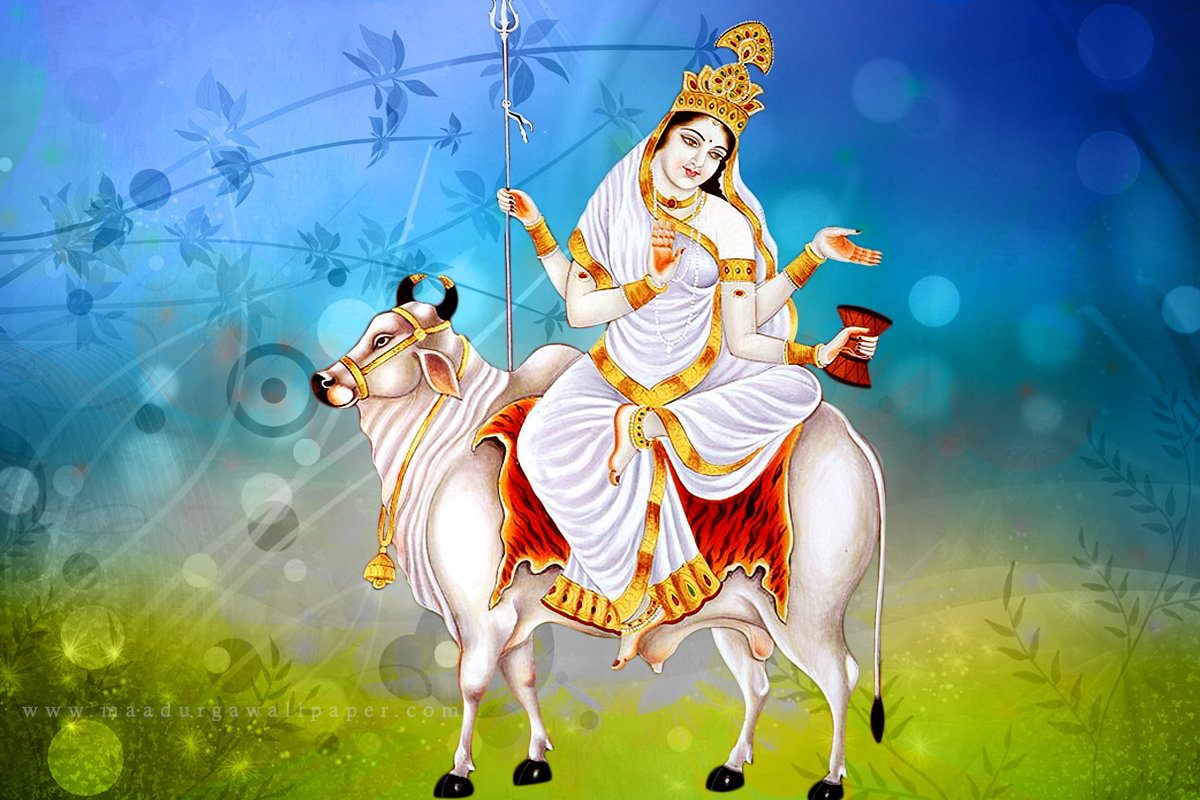The First Night of Navratri and Goddess Shailputri Navratri, a nine-night Hindu festival, celebrates the Divine Feminine through the worship of Goddess Durga and her nine forms, known as Navadurga. The first night is dedicated to Goddess Shailputri, whose name means “Daughter of the Mountain” (from “Shail” meaning mountain and “Putri” meaning daughter). She’s often depicted riding a bull and…
Tag: navratri
9 DAYS OF NAVRATRI
The beginning of spring and of autumn are two very important junctions of climatic and solar influence. During this period Earth is relatively much near to Sun facing its maximum gravitational pull. It is believed that during this phase, the divine energy intervenes with extra power to pass earth this course with much ease and smoothness. As per Hindu mythology,…
Durga Pooja – The Source of Invincible Energy
Land of India is not just limited to a great and sacred culture but it is also a holy hand of gods where many incarnations of the divine have manifested. There are many Puranic stories related to these incarnations. The whole universe, including the sun, stars, planets, constellations and five elements is governed mysteriously by the Supreme Being. It is an eternal truth that nothing possible…
First Avatar of Goddess Durga – GODDESS SHAILAPUTRI
Mother (Maa) Adi Shakti (Jagadamba) manifested for the betterment of the creation. Be it the slaying of cruel demons to save the celestial beings or removing pain, sorrow, agony, diseases, guilt from the human life. Mother Shailaputri is the epitome of kindness and auspiciousness. She is always ready to bless the devotees. Just by seeing her and performing the pooja,…



